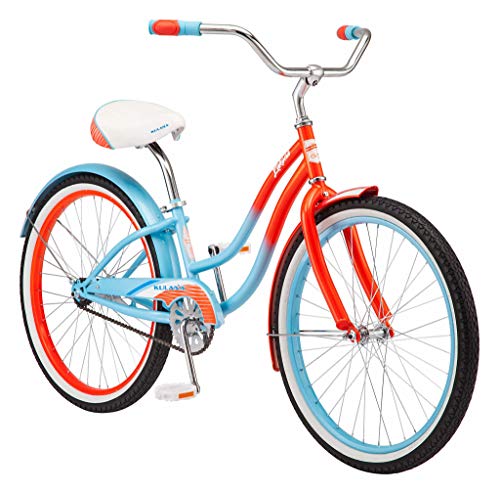Had my old mountain bike derailleurs dialed in this summer, and now it's all out of whack again. It has friction shifters.
When do I adjust the tension? Before or after derailleur adjustment? Should the tension be a fine tuning at the end, or set it and leave it?
I've read thru several tutorials in derailleur adjustment, set these up before successfully. I'm slow but able to get them working well.
Need advice on the tension and I can set this back up. MtnBk is vintage in my avatar, I'd like to keep the old equipment running if possible.
When do I adjust the tension? Before or after derailleur adjustment? Should the tension be a fine tuning at the end, or set it and leave it?
I've read thru several tutorials in derailleur adjustment, set these up before successfully. I'm slow but able to get them working well.
Need advice on the tension and I can set this back up. MtnBk is vintage in my avatar, I'd like to keep the old equipment running if possible.





















































